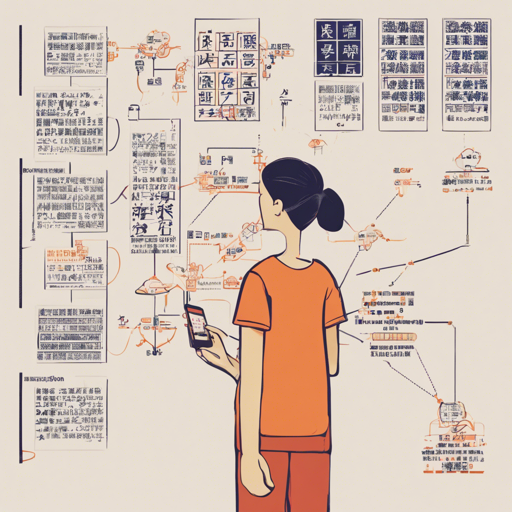In the realm of natural language processing (NLP), effective part-of-speech tagging and dependency parsing are pivotal tasks for understanding the grammatical structure of a sentence. Here, we will explore how to utilize a state-of-the-art BERT model specifically pre-trained on Chinese Wikipedia texts for these purposes.
What is Chinese BERT WWMM EXT UPOS?
The Chinese BERT WWMM EXT UPOS model is a powerful transformer model tailored for processing Chinese text. This model, derived from chinese-bert-wwm-ext, is optimized for tasks such as:
- Part-of-Speech (POS) tagging using Universal Part-Of-Speech tags
- Dependency parsing to understand the relationships between words in sentences
It’s like giving your text the ability to understand its own grammatical structure, making it an essential tool for many NLP applications.
How to Use the Model
Using the Chinese BERT model is straightforward. Here’s how you can integrate it into your Python project:
First, you will need to install the Transformers library if you haven’t already:
pip install transformersNext, you can load the model and tokenizer with the following code:
from transformers import AutoTokenizer, AutoModelForTokenClassification
# Load the tokenizer and model
tokenizer = AutoTokenizer.from_pretrained("KoichiYasuoka/chinese-bert-wwm-ext-upos")
model = AutoModelForTokenClassification.from_pretrained("KoichiYasuoka/chinese-bert-wwm-ext-upos")Alternatively, if you prefer the ESUParser, you can use:
import esupar
nlp = esupar.load("KoichiYasuoka/chinese-bert-wwm-ext-upos")Understanding the Code: An Analogy
Think of the BERT model as a sophisticated librarian who has read thousands of books in Chinese. When you have a sentence, the librarian can quickly assign each word its grammatical role (like noun, verb, etc.) and understand how they connect with each other, much like how you would describe a family tree. This allows the librarian to make sense of not just the individual words but also their relationships, helping you grasp the full meaning of the text.
Troubleshooting
If you encounter issues while using the model, here are some troubleshooting steps you can follow:
- Ensure that you have the latest version of the Transformers library installed.
- Check your internet connection, as the model and tokenizer must be downloaded from the Hugging Face library.
- If you get any errors related to the model’s path, verify that you have entered the correct model name in the code.
For more insights, updates, or to collaborate on AI development projects, stay connected with fxis.ai.
Conclusion
At fxis.ai, we believe that such advancements are crucial for the future of AI, as they enable more comprehensive and effective solutions. Our team is continually exploring new methodologies to push the envelope in artificial intelligence, ensuring that our clients benefit from the latest technological innovations.

